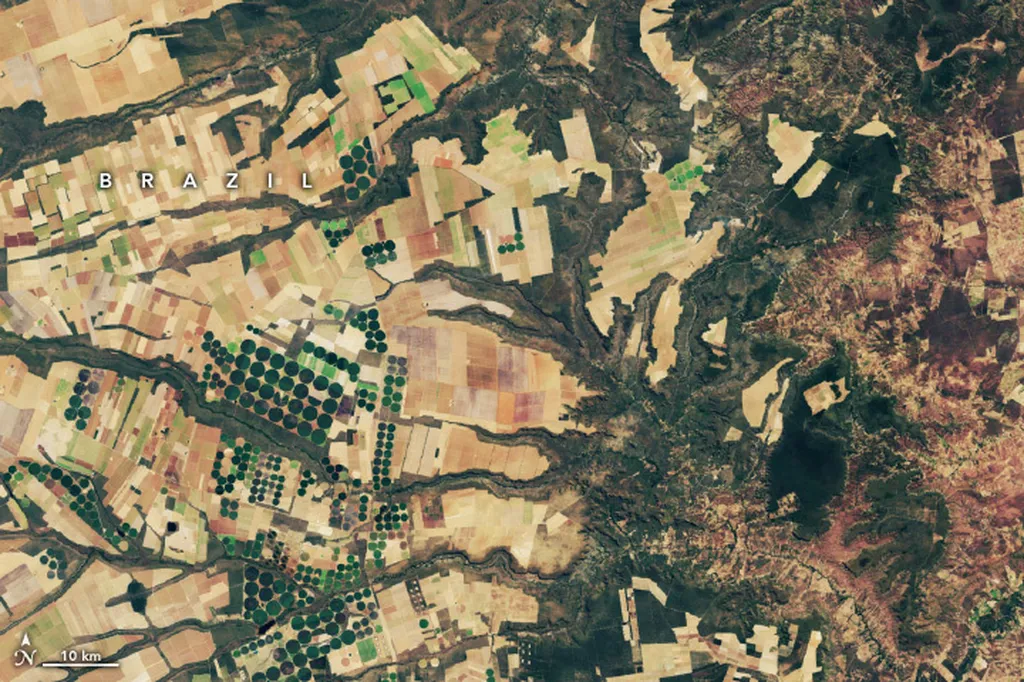In the ever-evolving landscape of smart agriculture, a groundbreaking study led by Ali Roman from the Department of Computer Engineering at COMSATS University Islamabad, Wah Campus, is set to revolutionize how we estimate moisture content in fruits. The research, published in the open-access journal PeerJ Computer Science (translated as “PeerJ Computer Science”), introduces a novel hybrid feature selection algorithm inspired by nature, which promises to enhance the precision of moisture estimation using radio frequency (RF)-sensed data.
The study addresses a critical challenge in the agricultural sector: the accurate and efficient estimation of moisture content in fruits. This is not just an academic pursuit; it has significant commercial implications, particularly in the energy sector. Efficient moisture estimation can lead to better resource management, reduced energy consumption, and improved product quality, all of which are crucial for sustainable and profitable agricultural practices.
Roman and his team have developed a hybrid algorithm that combines the update mechanisms of three nature-inspired optimizers: the Grey Wolf Optimizer (GWO), the Artificial Bee Colony (ABC), and the Bat Algorithm (BA). This unique combination enables optimized machine learning models to deliver precise grape moisture estimations from RF-sensed data.
The research was conducted in two phases. In the first phase, the team paired their feature selection method with a gated recurrent unit (GRU) model and compared its performance against benchmark optimizers. The results were impressive, with the proposed method achieving significantly lower root mean square error (RMSE) and mean absolute error (MAE), and a higher R2 value (best-case: 0.999) compared to benchmark methods.
In the second phase, the team integrated their feature selection technique with a customized convolutional neural network variant (CNN-R) designed for regression. The results were equally competitive, validating the architecture-independent effectiveness of their approach.
“This study shows that convolutional neural networks (CNN), when adapted through CNN-R, can rival traditional regression models like GRU on numerical data,” Roman explained. “This opens up new possibilities for using CNNs in tasks that were previously dominated by other types of models.”
The implications of this research are far-reaching. By improving the accuracy of moisture estimation, farmers and agricultural businesses can make more informed decisions about irrigation, harvesting, and storage, leading to better yields and reduced waste. Moreover, the energy sector can benefit from more efficient resource management, as accurate moisture estimation can help optimize energy-intensive processes like drying and processing.
As we look to the future, this research could shape the development of more sophisticated and efficient machine learning models for agricultural applications. It also highlights the potential of nature-inspired algorithms in solving complex real-world problems.
In the words of Roman, “This is just the beginning. The integration of nature-inspired algorithms with machine learning models has immense potential, and we are excited to explore this further in our future research.”
With the publication of this study in PeerJ Computer Science, the agricultural and energy sectors have a new tool at their disposal, one that could help them navigate the challenges of the 21st century with greater precision and efficiency.

